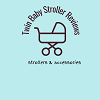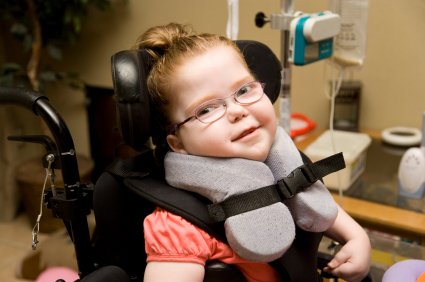Cerebral palsy (CP) is neither a disease nor is it a genetic disorder. “Cerebral” refers to the brain, while “Palsy” refers to a physical disorder, such as a lack of muscle control. Cerebral Palsy is not caused by problems with the muscles or nerves, but rather with the brain’s ability to adequately control the body. CP has many possible causes, such as birth trauma or brain injury during childbirth which sometimes lead to later damage to the brain, like when an infant’s brain is damaged by lack of oxygen during birth. The exact causes of most cases of CP are unknown, but many are the result of problems during pregnancy in which the brain is either damaged or doesn’t develop normally. Sometimes this can also be due to fetal and childhood infections, problems on maternal health, or other factors that interferes with normal brain development. It is not contagious or inherited.
Cerebral palsy is well thought-out as one of the most common congenital disorders of early childhood. In the United States alone, about 500,000 children and adults of all ages are suffering from the condition. Usually, the early signs of CP appear before a child reaches 3 years of age.
The three types of CP classified according to early signs of muscle movements and coordination are:
1. spastic cerebral palsy — characterized by stiffness and tightness of muscles, exaggerated reflexes and movement difficulties
2. athetoid cerebral palsy — which leads to involuntary and uncontrolled movements like walking with one foot or leg dragging, walking on the toes, a crouched gait or a “scissored gait”
3. ataxic cerebral palsy — caused by a disturbed sense of balance, lack of muscle coordination when performing voluntary movements and depth perception
The fourth type is called mixed which is a mixture of two or more of the above.
Because cerebral palsy affects muscle control and coordination, even simple movements like standing still; or just sitting down are difficult. Vital functions such as breathing, bladder and bowel control, and eating; which are very important motor skills, may also be affected when a child has CP. But the good thing is cerebral palsy does not get worse over time.
Only few children have cerebral palsy which results to brain damage in the first few months or years of life, brain infections such as bacterial meningitis or viral encephalitis, or head injury from a motor vehicle accident, a fall, or child abuse. There is no cure for CP, but treatment, therapy, special equipment, and, in some cases, surgery can help a child who is living with the condition.
Cerebral palsy often leads to other health issues in an individual like difficulty in vision, hearing, and speech, and other learning disabilities.


0 Comments